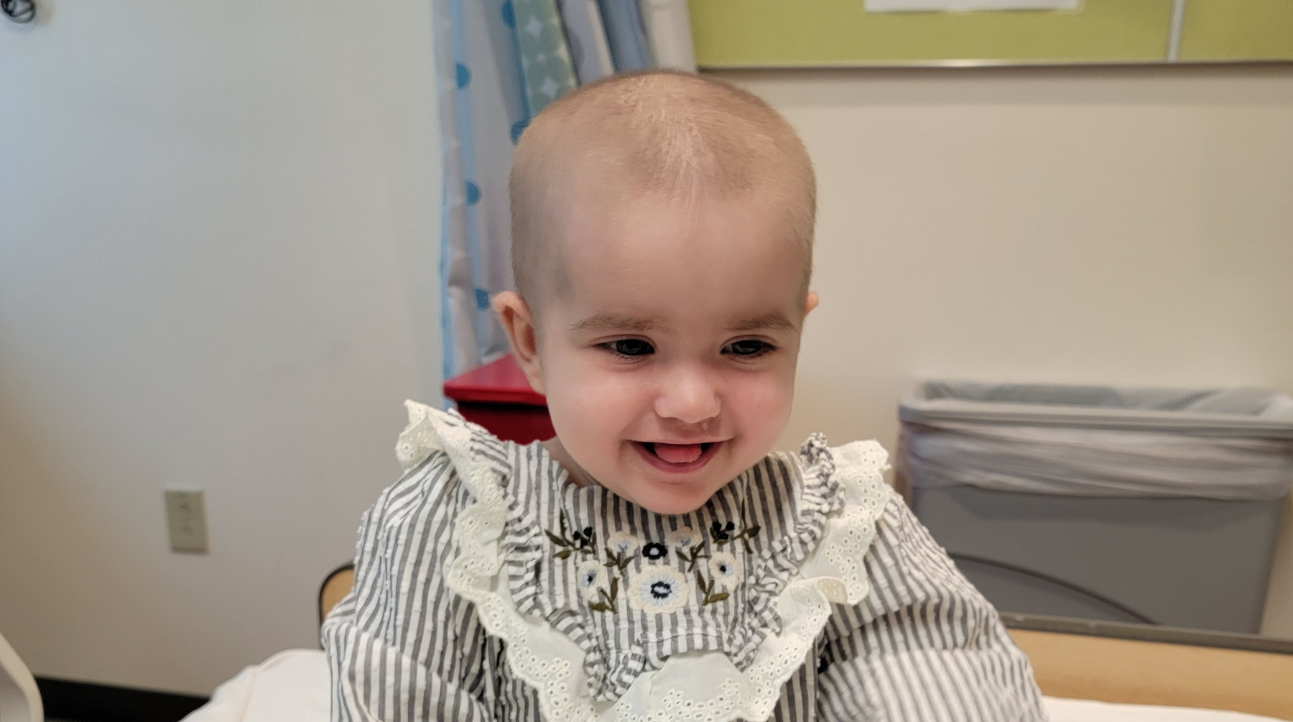Early Signs and Diagnosis of Acute Myeloid Leukemia (AML)
Iliana was just seven months old when she was diagnosed with acute myeloid leukemia (AML). For months, she had been back and forth to the pediatrician with a variety of ailments—colds, fevers, stomach bugs—and never fully recovering for more than a week. “Something just always seemed off,” her mother, Brianna, said. At the end of September 2023, Iliana’s father, Thanasi, was feeding her a bottle when she began crying and then held her breath until she went limp and passed out. They called 911. After 30 or 40 seconds, Iliana came to and started breathing again. The EMTs verified that her vitals were normal, but asked, “Does she always look that pale?”
A few hours later, it happened again. Their on-call pediatrician sent them to Urgent Care at Connecticut Children’s Specialty Care Center in Farmington, where Iliana was examined and given an EKG. Once more, her vitals were normal and she was cleared to go home; however, another person, this time a nurse practitioner, asked whether Iliana was always so pale. The next morning, Connecticut Children’s cardiologist Alex Golden, MD, reviewed the results of Iliana’s EKG. He did not like what he saw, and the family returned to Connecticut Children’s. After another EKG and an ultrasound, Dr. Golden proclaimed Iliana’s heart to be fine, but something was off with her. He sent Iliana down the hall to have bloodwork done.
Brianna and Iliana had just gotten home from the appointment when Dr. Golden called again. The bloodwork results showed Iliana’s hemoglobin was dangerously low. Brianna was told to pack a bag and return to Connecticut Children’s—Iliana would be in the hospital for a few days. She was admitted to Connecticut Children’s pediatric intensive care unit (PICU) for two blood transfusions, before she was transferred to the hematology/oncology floor. That’s where pediatric hematologist/oncologist Ching Lau, MD, diagnosed her with AML.
Latest Articles

Hope and Healing for Youth at Risk for HIV

Connecticut Children’s and Xerox: Transforming Pediatric Healthcare with AI





